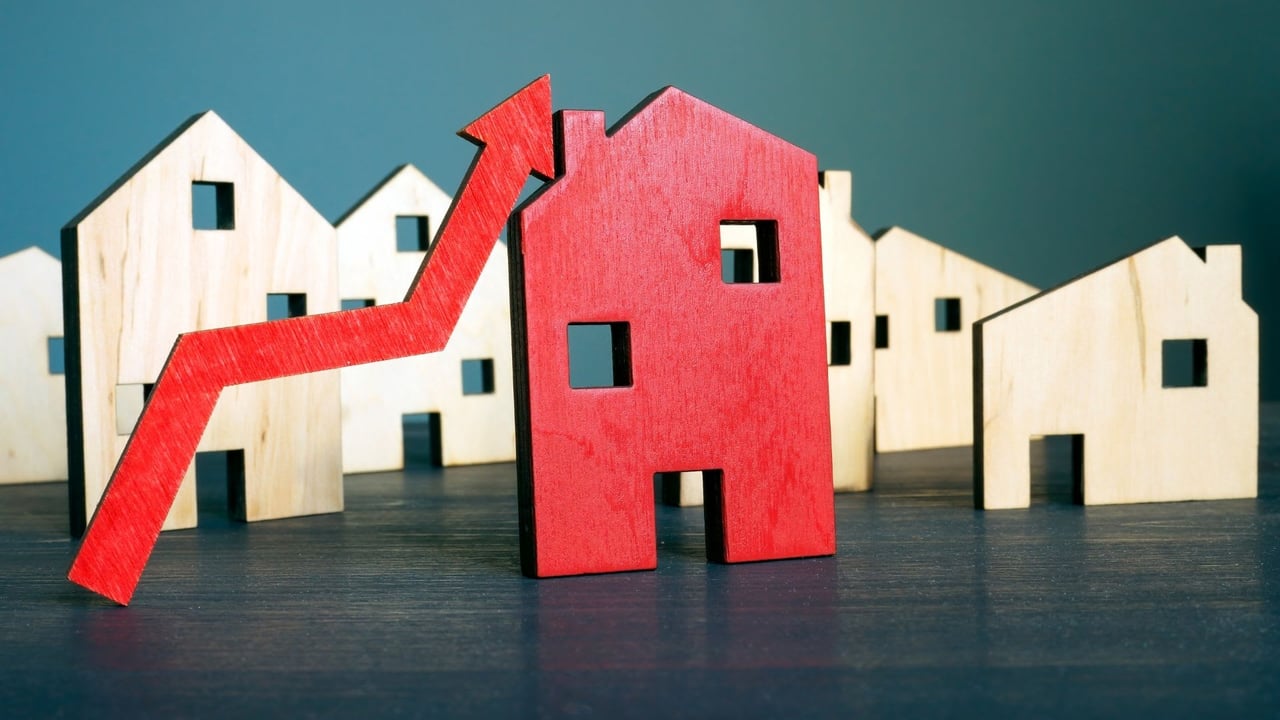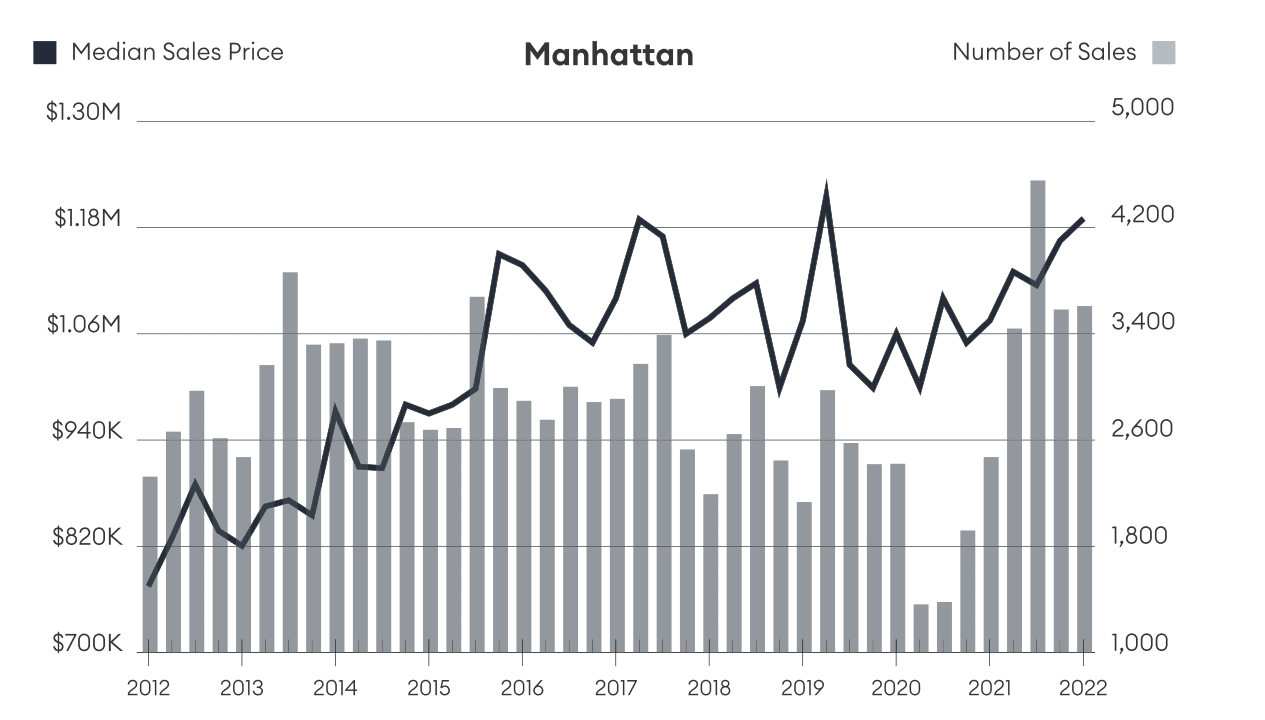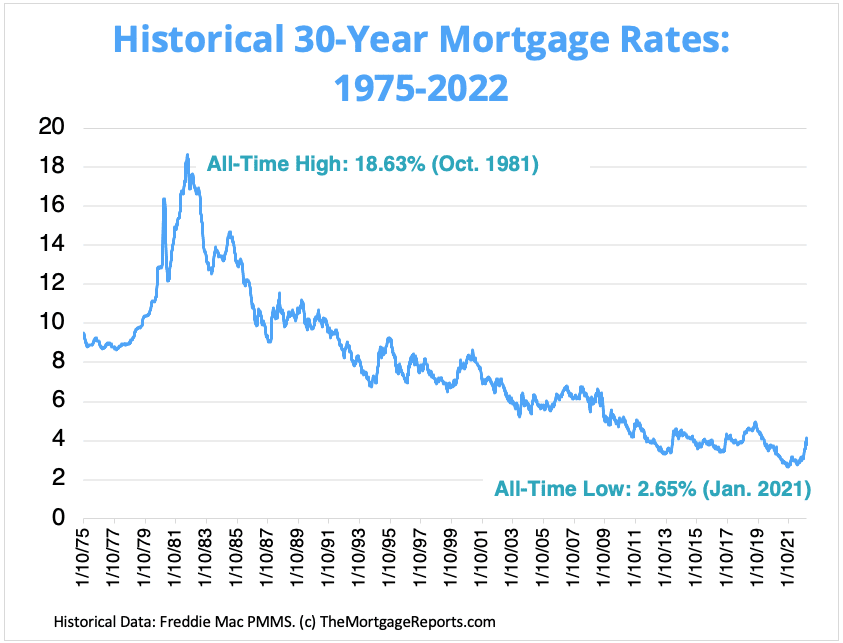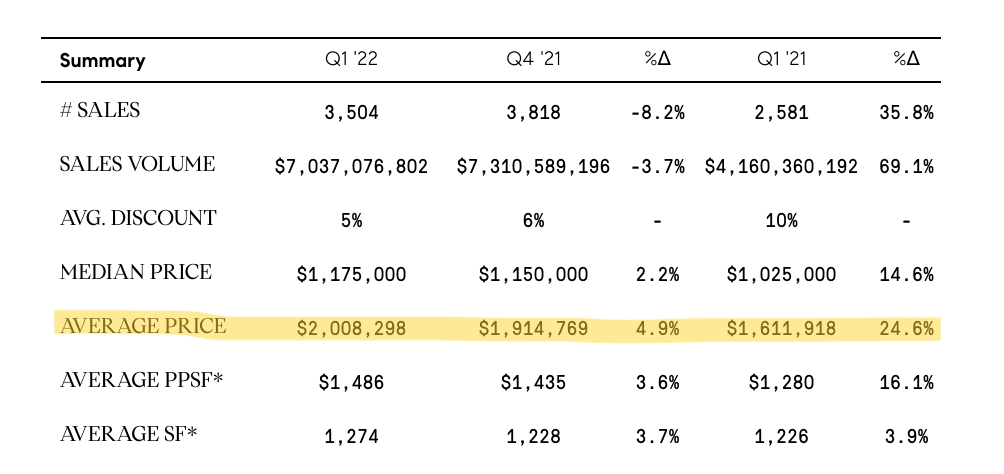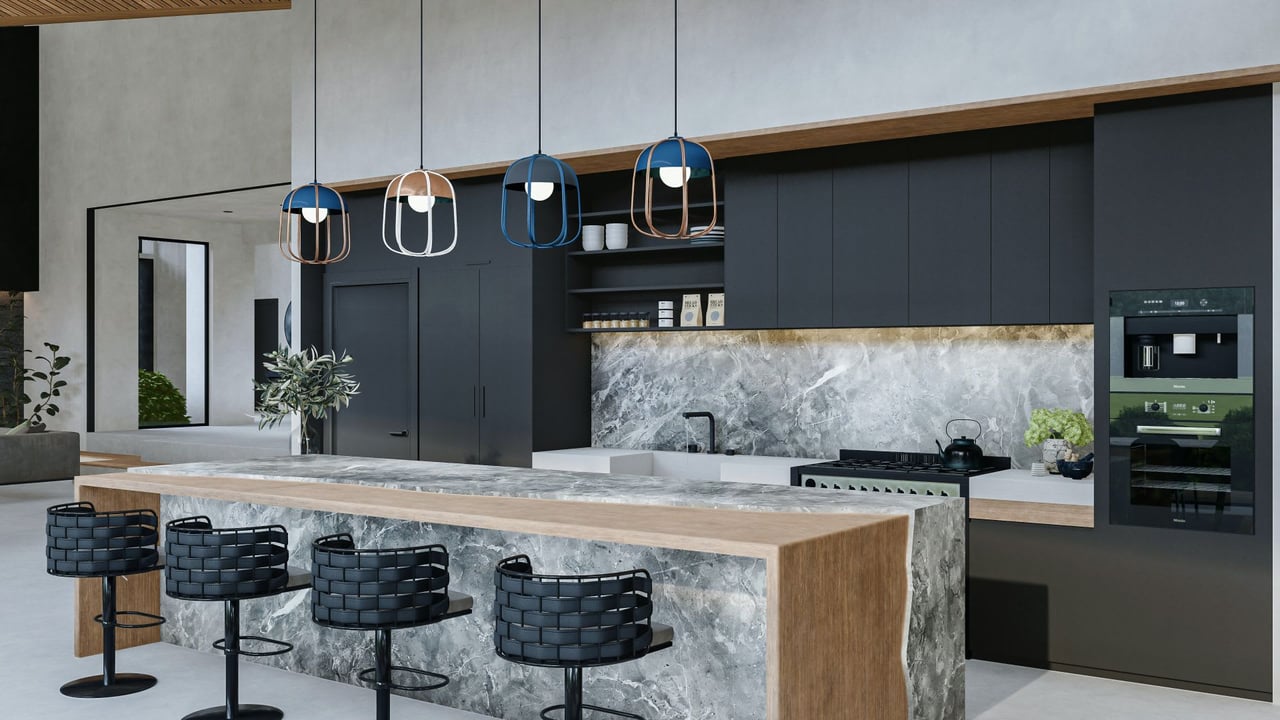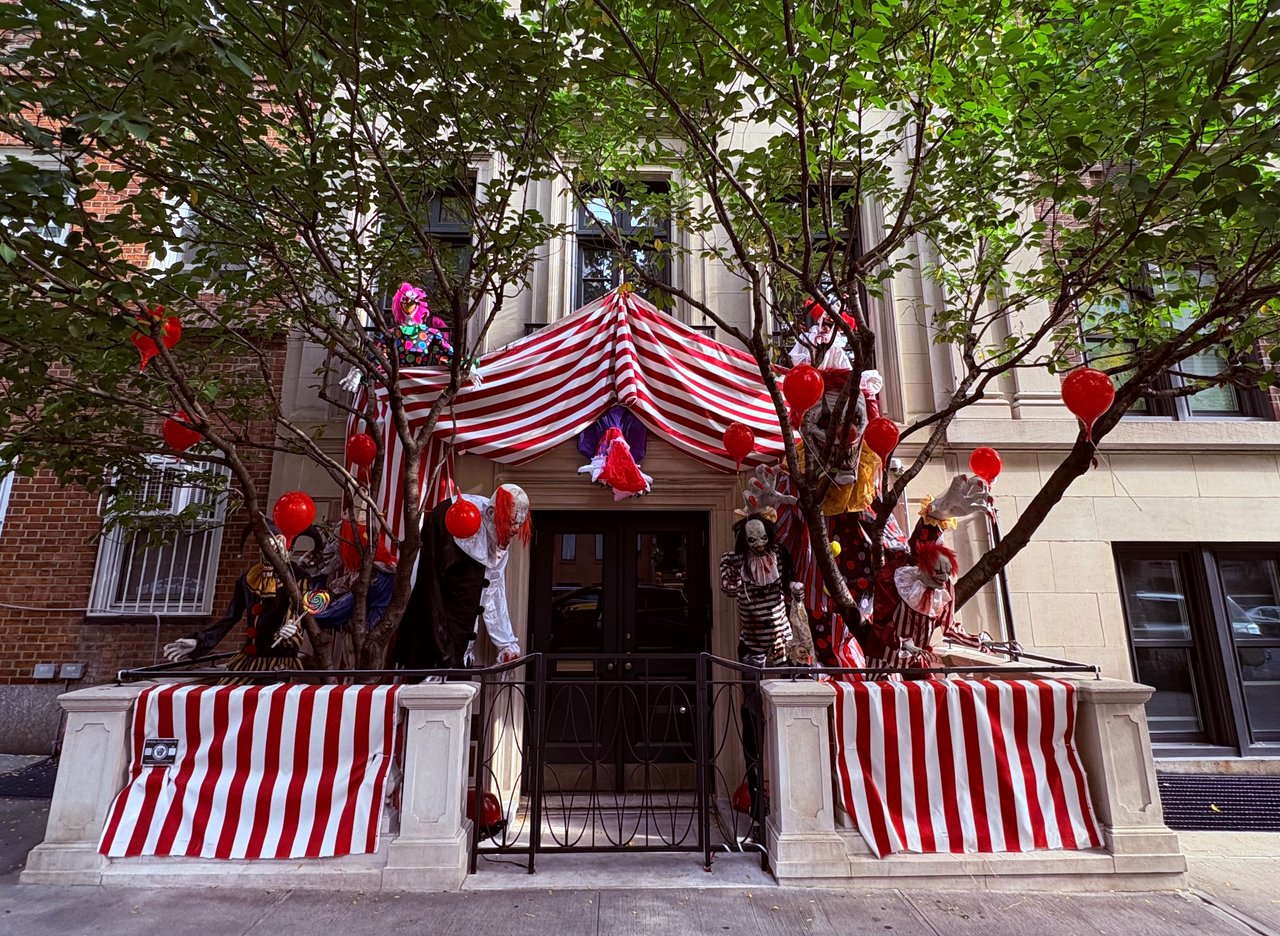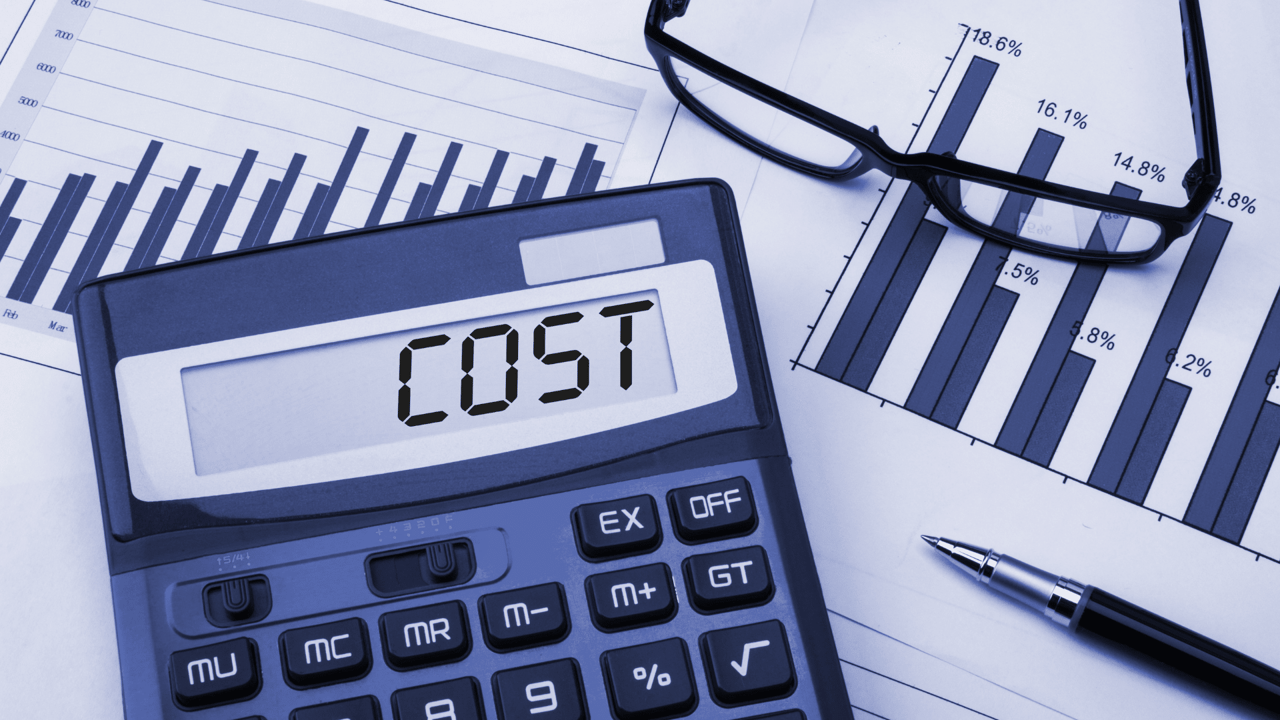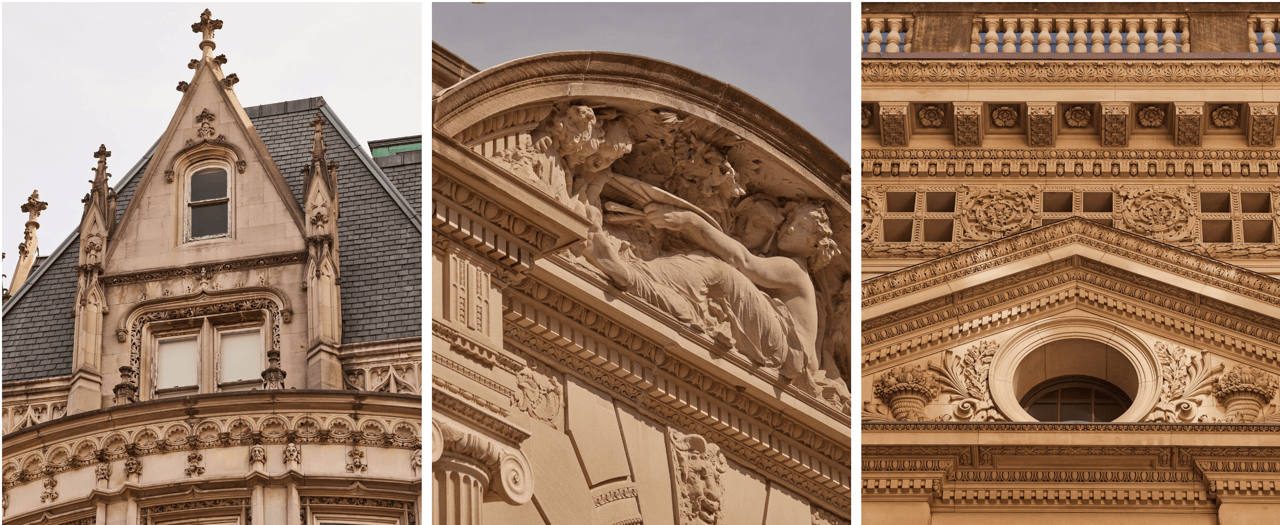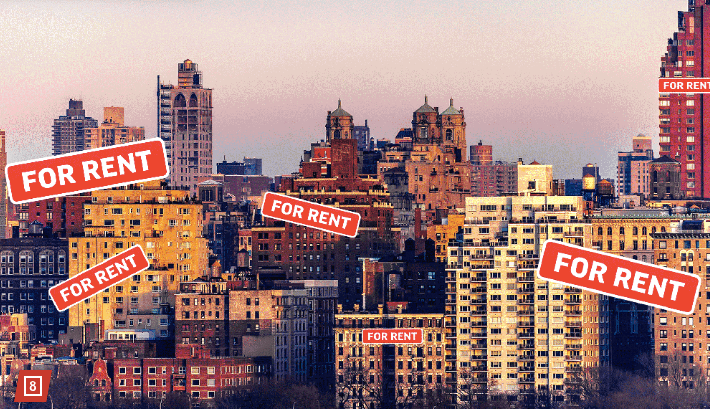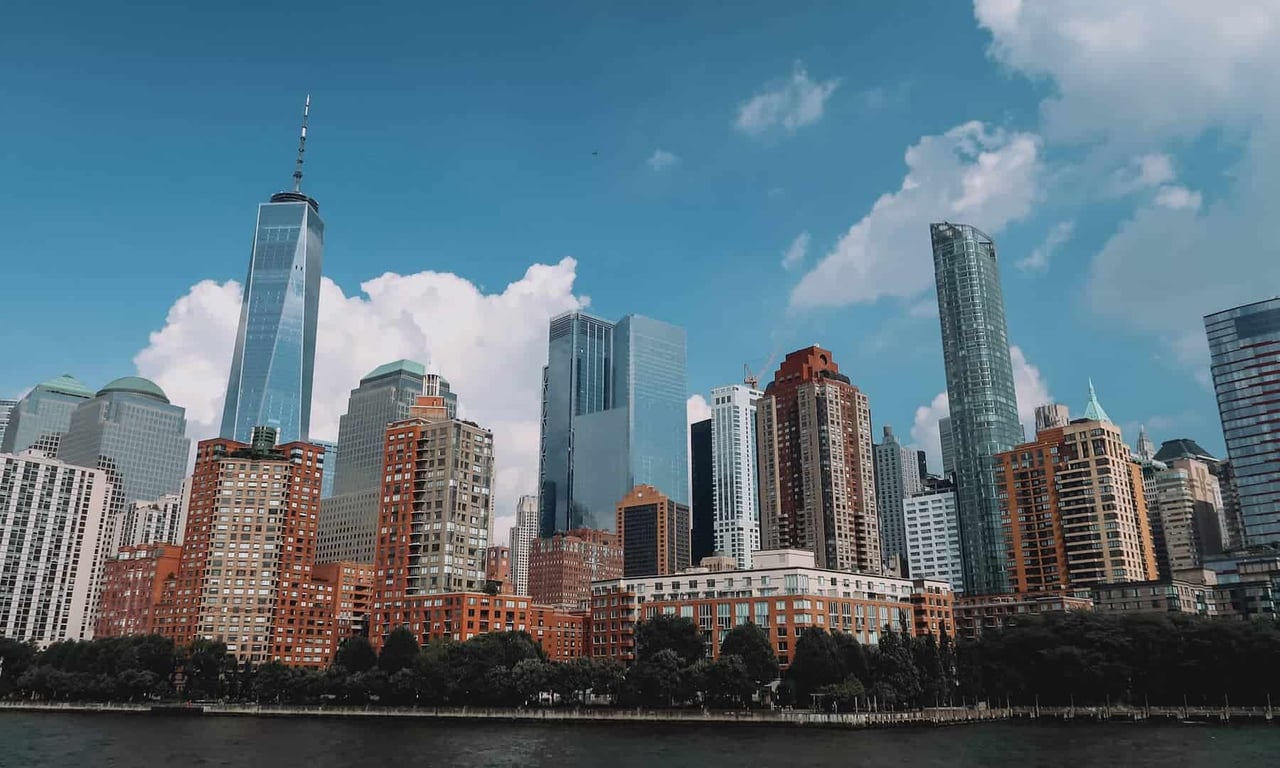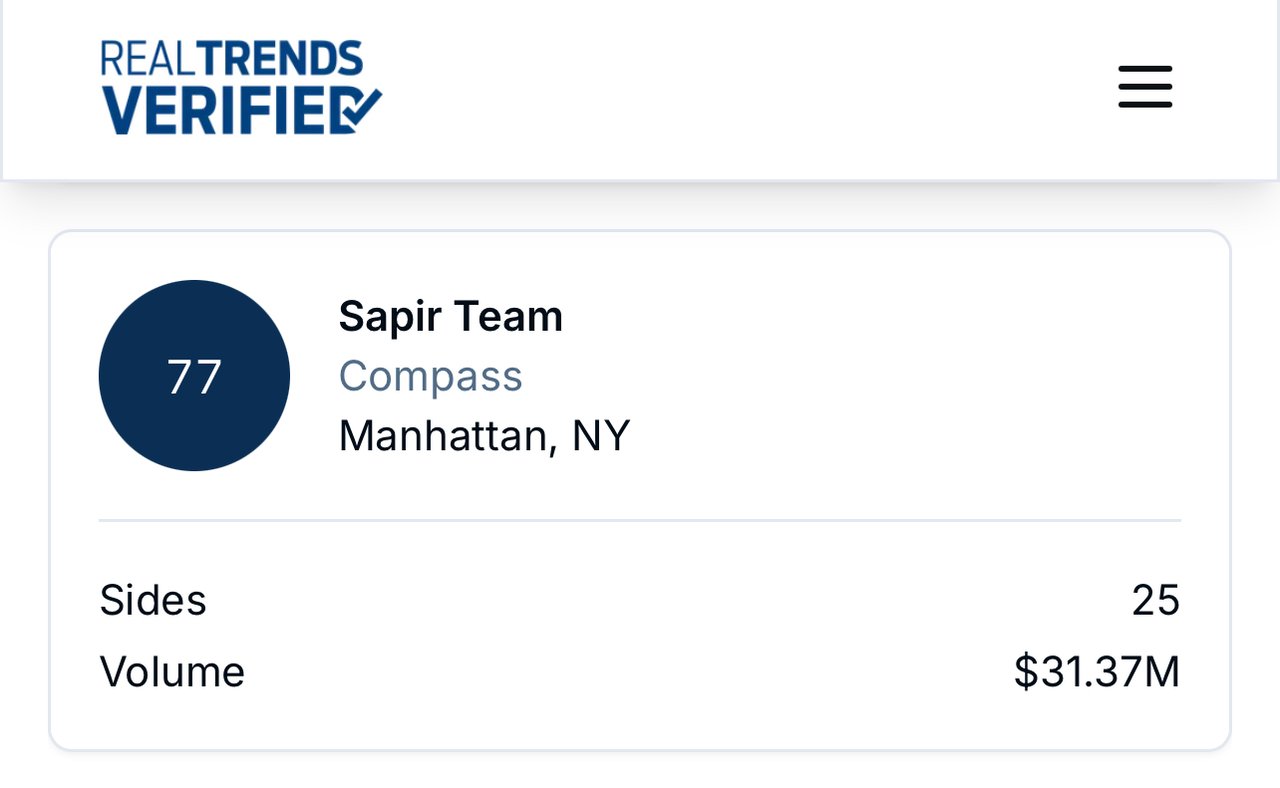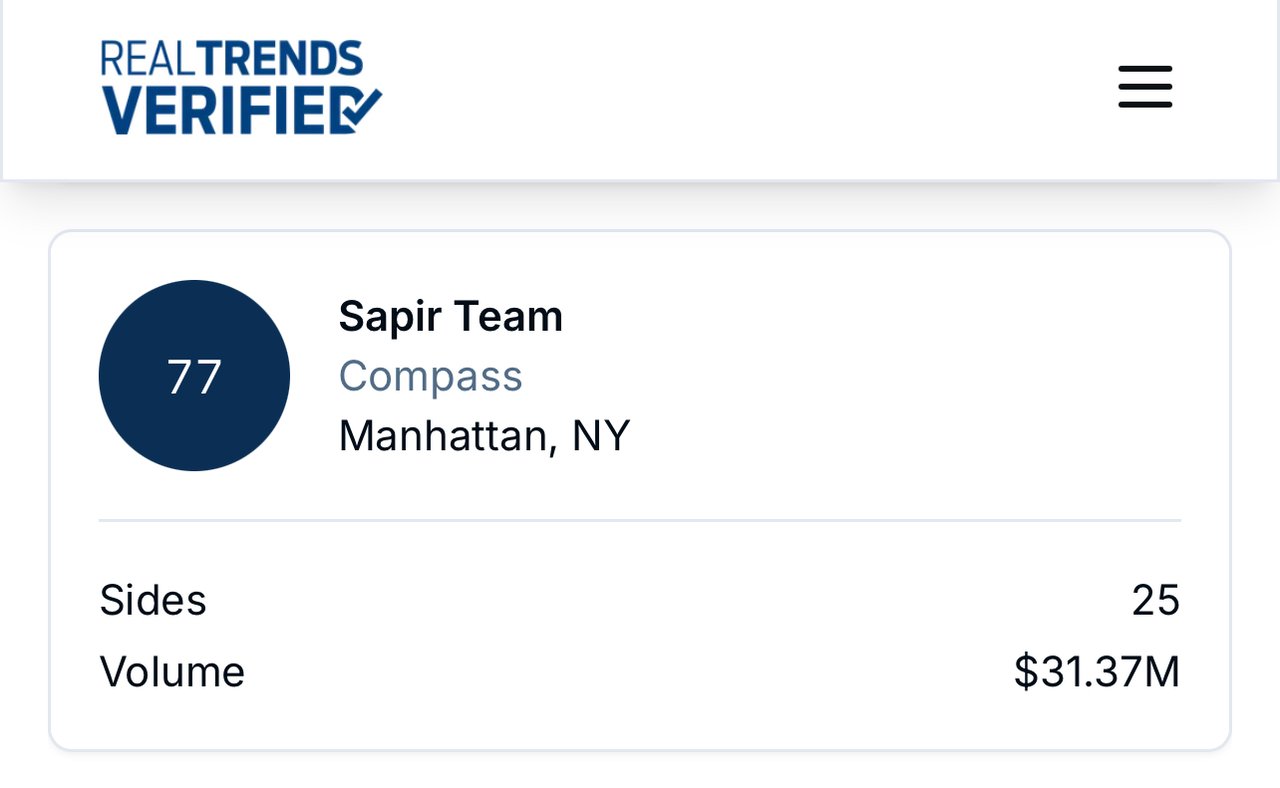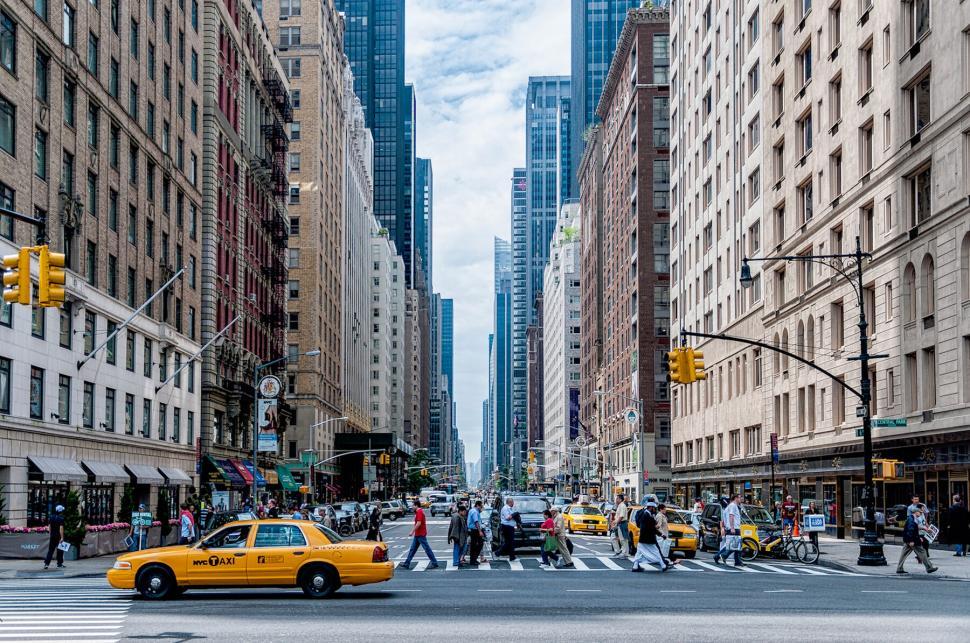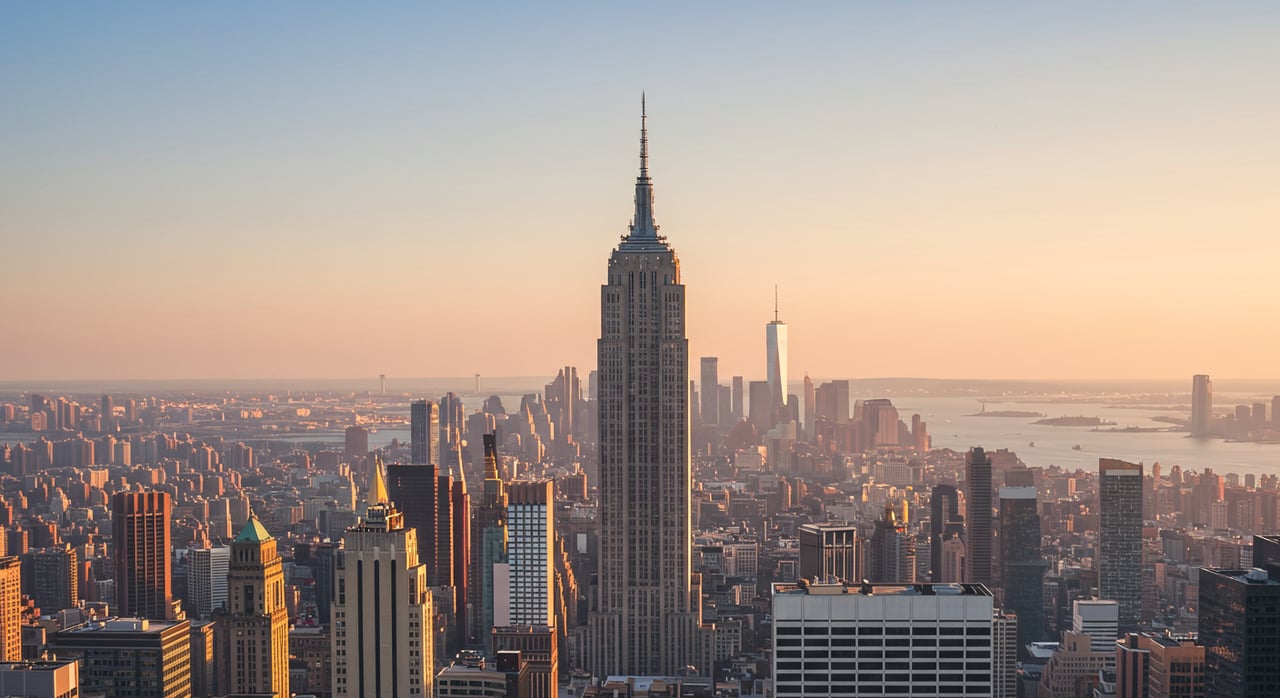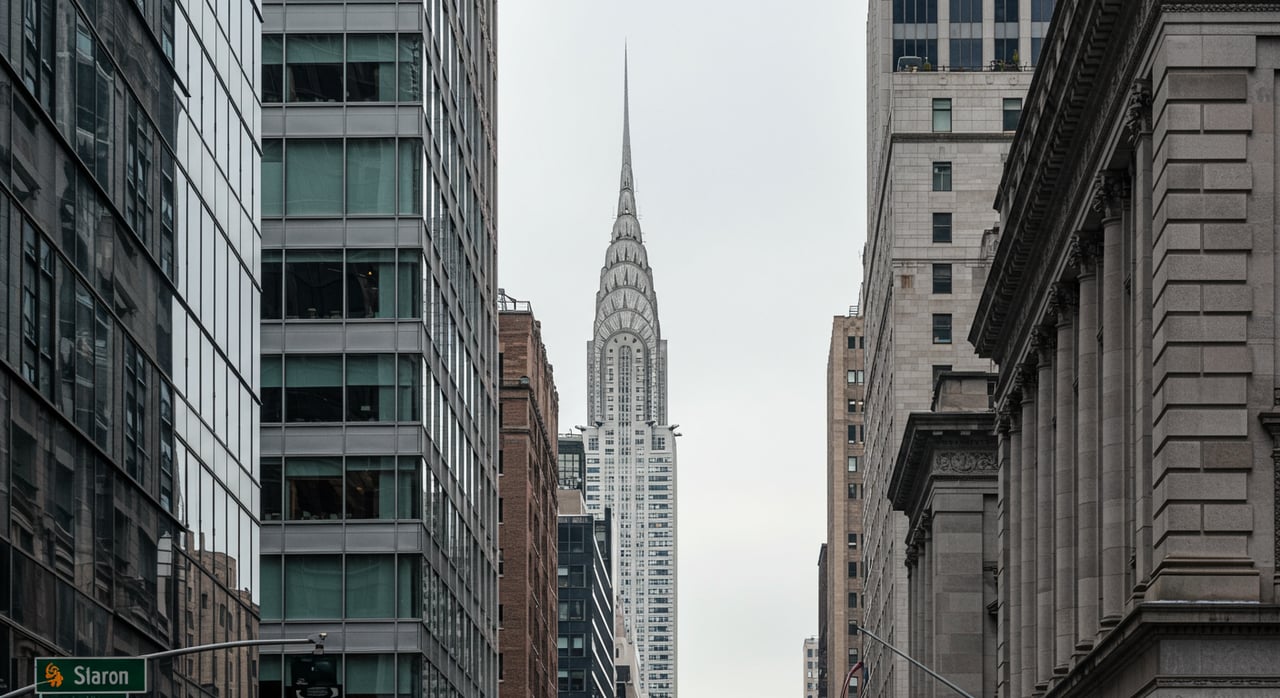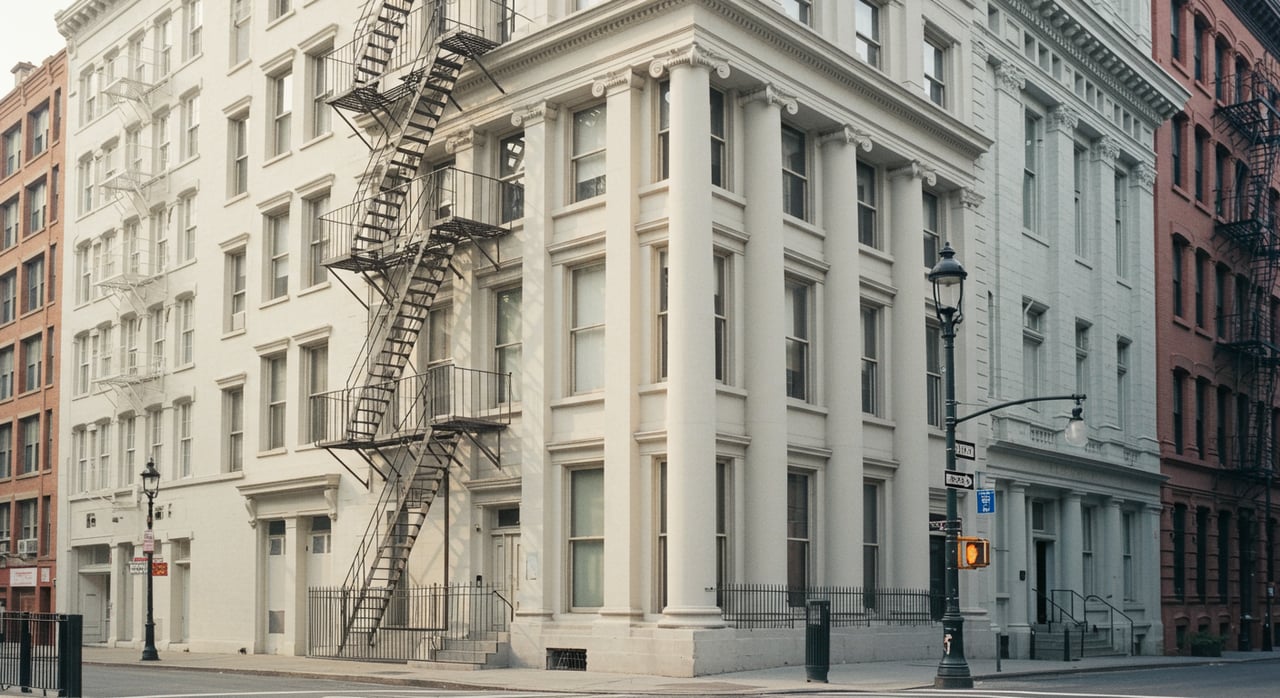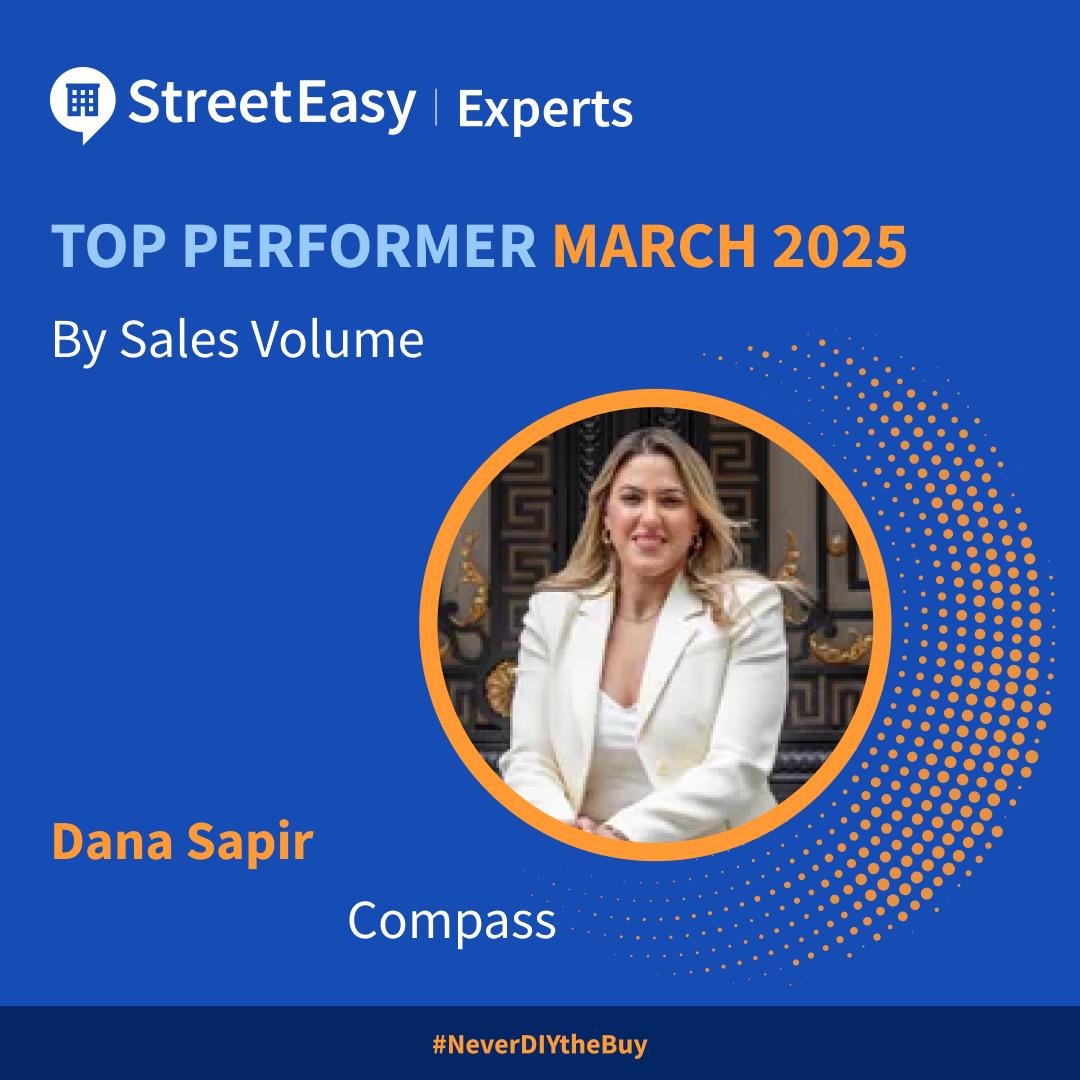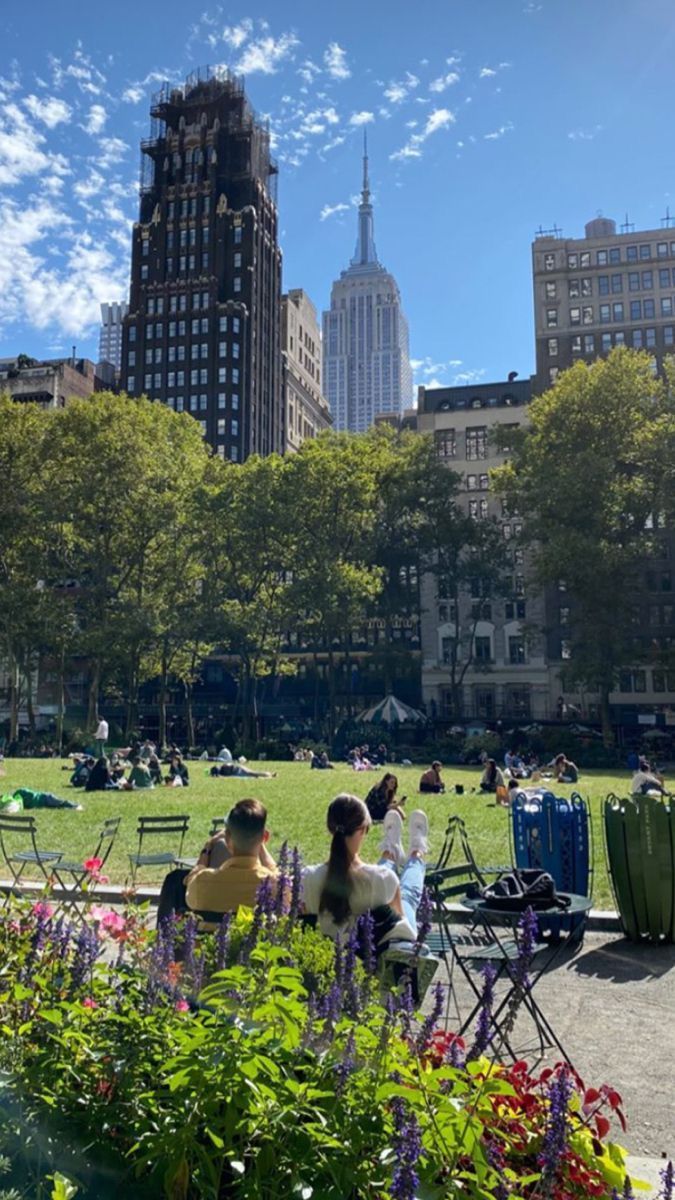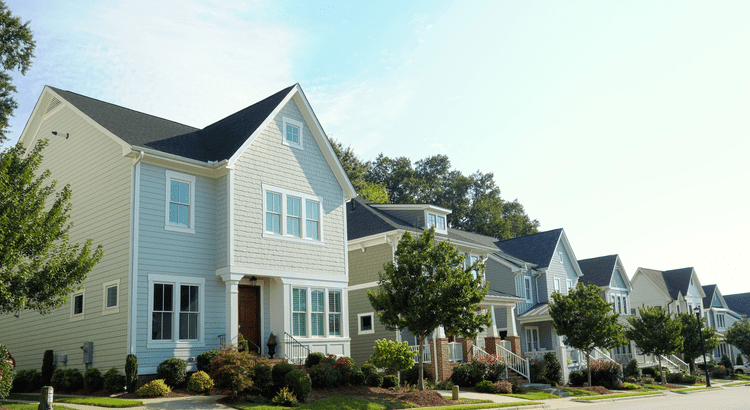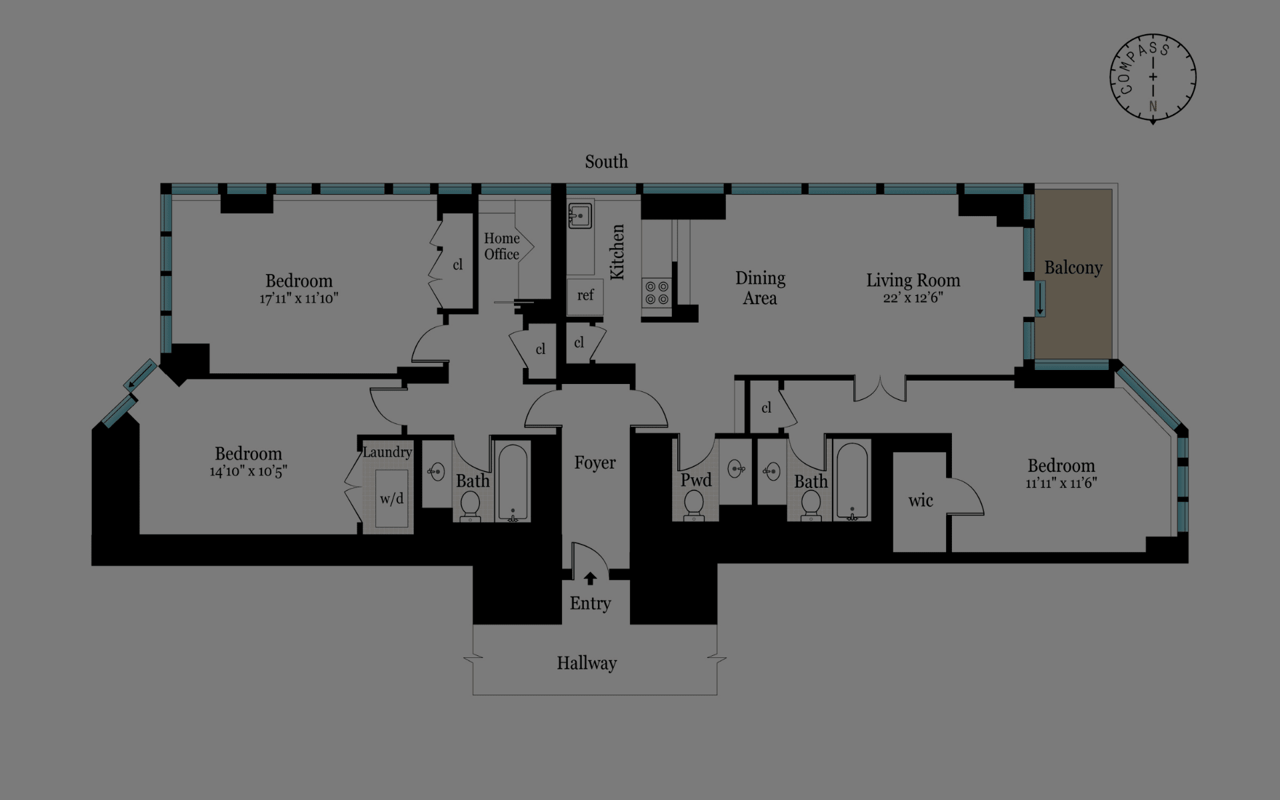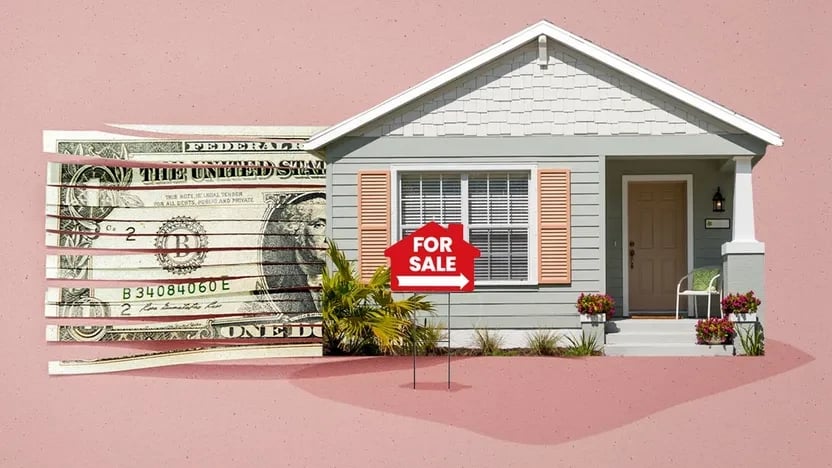After falling to historic lows last year, mortgage rates are rising sharply. On April 5th, they hit their highest point in more than a decade with the average US interest rate for a 30-year fixed-rate mortgage topping 5%, up from under 3% just a year ago. According to housing industry experts, rising rates are good for the red-hot US housing market: after nearly two years of an exceptionally fast-paced, expensive market, a cooldown is just what is needed to slow demand and temper home prices. But is the Manhattan housing market following these trends?
Mortgage rates tend to change alongside interest rates set by the Federal Reserve, which said it will raise rates a total of seven times this year to 1.9% by the year’s end to tame inflation. The higher mortgage interest rates are eventually expected to slow housing price growth and provide relief to buyers, since sellers are less likely to ask for high prices if prospective buyers are facing higher monthly mortgage payments. Higher mortgage rates also slow the pace at which homes get sold, meaning more homes stay on the market longer. When some buyers drop out of a given home buying market, because they are turned off by higher rates, it eases market demand and leads to fewer competitive bids.
Douglas Elliman Q1 2022 Report - Manhattan Compass Q1 2022 Report - Manhattan
Manhattan market, however, behaves differently. Although the luxury condo market has seen a slowdown since the end of last year, sales throughout the first quarter of 2022 remained brisk. Manhattan’s real estate sales market is on a record-breaking streak, recording the highest number of units ever sold during the first quarter of any year since at least 1989, according to a new report from Douglas Elliman. One reason to remain optimistic is that a large portion of the NYC market is independent of mortgage rates: cash buyers now make up 47% of the market, and higher-end properties, which are usually not mortgage-dependent, have grown 24% in price compared to the first quarter of 2021, compensating for the 10% decline we have seen from the last quarter.
Market appetite is particularly big for smaller apartments, larger units with high square footage and reasonable pricing, and almost anything in the most popular and supply-challenged neighborhoods like Greenwich village. These sections of the market are still seeing full price offers, multiple offers, and short periods on the market.
The news is good for supply and demand too: inventory has declined every month since last summer, but in March we finally saw a net gain in available inventory. For the first time in a year, New York City had more “new to market” listings than those under contract or just removed from the active market. This is a significant shift as the market moves into spring – an active listing season. Perhaps, as the second quarter begins, the market will see enough supply coming to market, enabling buyers to find the homes they look to purchase before interest rates rise again.
It is also important to note that while 5% rates are definitely higher than the pandemic record-low of 1.5-2%, it is still a low rate compared to 1981, for example, where rates were over 16%. Last week, the Post economics released their report: The Latest Home Price Expectation Survey. The survey reveals that the average of the experts' forecast calls for 9% increase in home value in 2022.
So, paying a higher price for a home and a higher mortgage rate can be a difficult pill to swallow; however, waiting will just cost you more.
Recorded Sales. Compass Q1 Manhattan Market Report
With buyers noticing the rise in interest rates and rushing to secure a deal, Manhattan’s housing market is seeing a reverse effect than the rest of the country: strong demand is pushing up prices across the board, with the average sales price climbing 5% from last quarter and nearly 20% from the first quarter of 2021.
So while you may hear about a housing bubble, Manhattan market remains steady. With rising mortgage rates and rising home values, buyers need to act fast, and sellers still have the upper hand.

